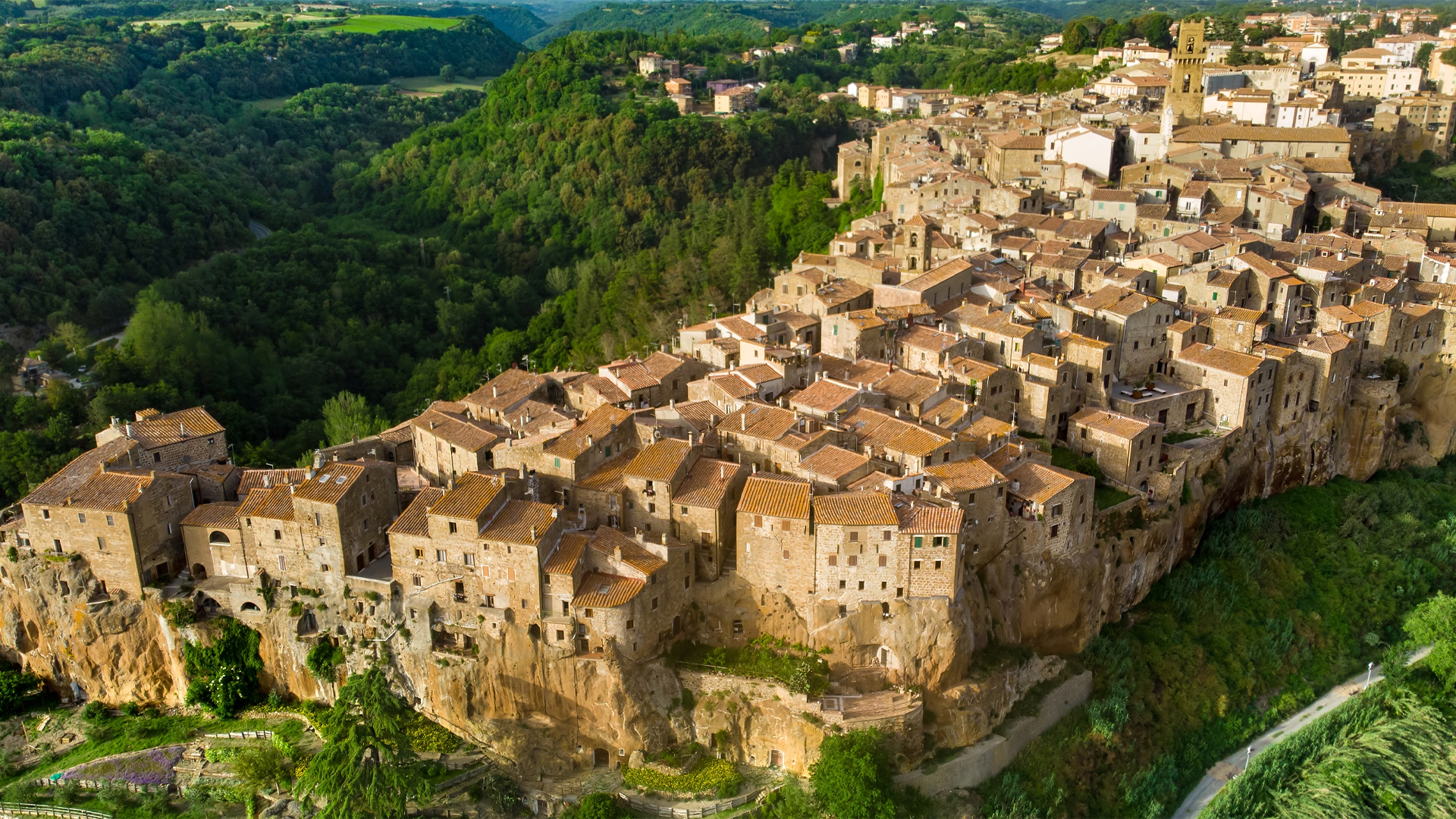Italian villages, often perched on rock or dug into a cliff, were built to take advantage of a natural, strategic position. Dozens of Italian villages were built on tuff hills, formed of volcanic rock, surrounded by grassy valleys or overlooking rock spurs or the sea. Some dwellings carved from the rock have been inhabited for thousands of years. Today, you can still find high mountains that majestically protect the villages nestled on their slopes. Here some incredible examples:
Civita di Bagnoregio
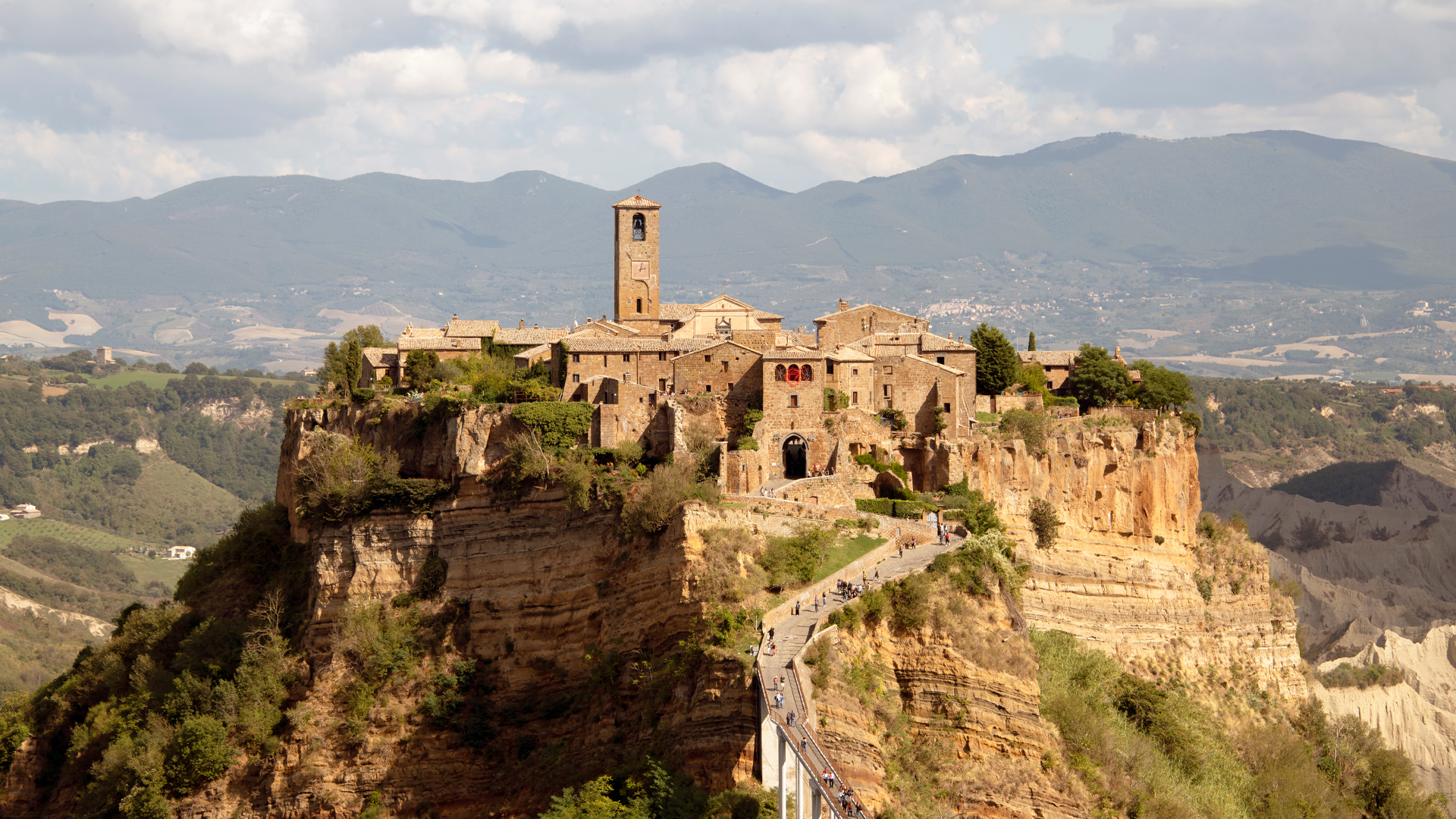
This village on a rock summit is located in the province of Viterbo in ancient Tuscia. The writer Bonaventura Tecchi, who was raised there, nicknamed it “the dying city” due to the perpetual erosion of the beautifully surreal tuff hill on which it stands. The village, which has only 15 inhabitants today, can only be accessed via a 366-foot-long pedestrian footbridge stretching over a gorge.
Pitigliano

Pitigliano is a small village in Southern Maremma built into a tuff hill. Surrounded by green valleys crossed by the Lente and Meleta rivers, it's crowded vertical buildings stand on a ridge at 1,027 feet above sea level. According to an ancient legend, the foundation of the city is credited to two Romans, Petilio and Celiano, and the name Pitigliano derives from combining their names. The city preserves clear evidence of an Etruscan civilization, showing centuries of its cultural development. Pitiglianobeen known throughout history as “Little Jerusalem” for the active Jewish community that has been settled there since the 15th century. Today, you can visit the synagogue and Museum of Jewish Culture. Don’t miss Orsini Palace, which houses two museums: the Civic Archaeological Museum and Palazzo Orsini Museum.
Orvieto
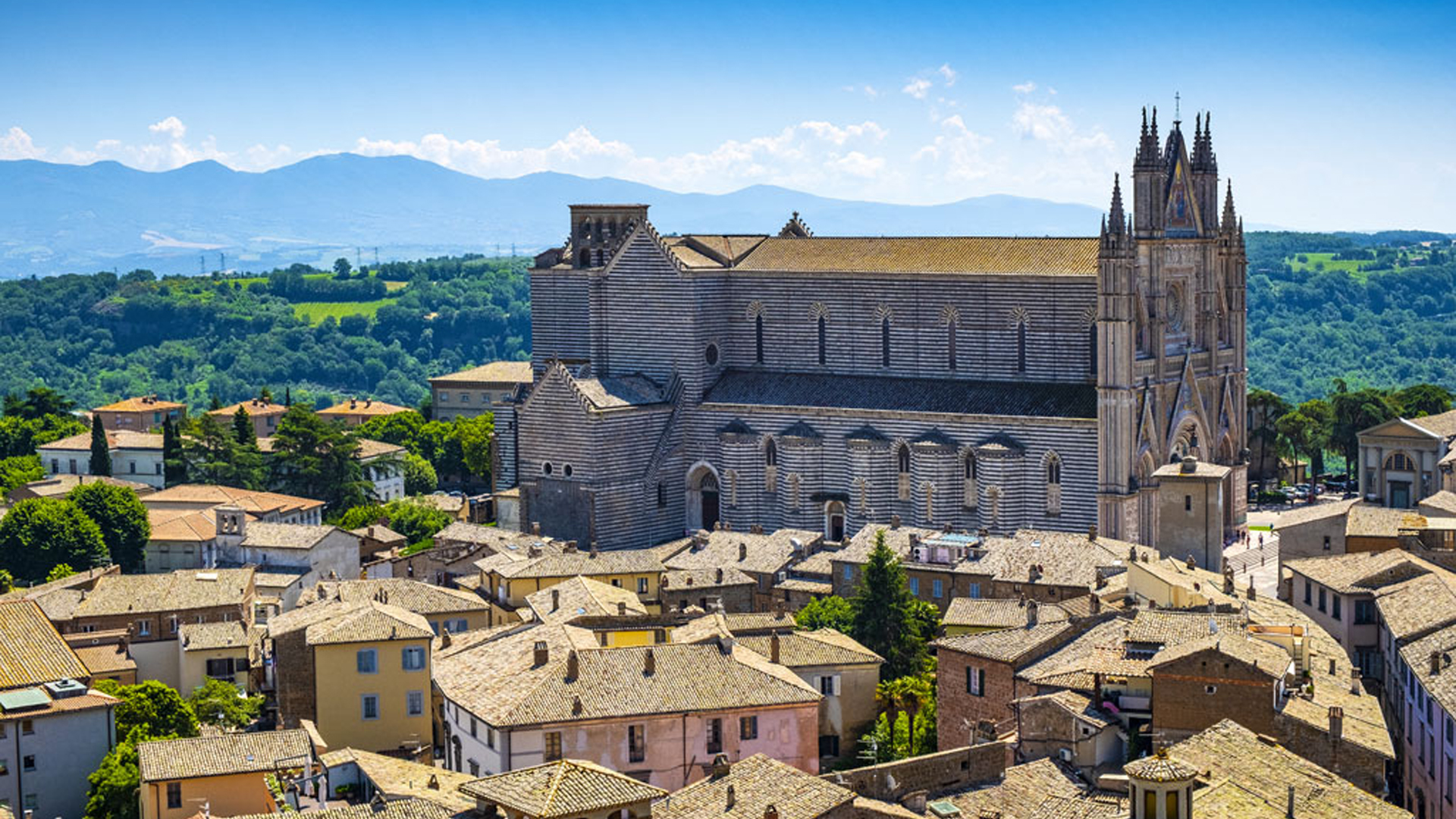
Orvieto, which means “old town,” has ancient origins indeed and is famous for its depths as well as its heights. A must-visit site is on the highest part of the city—St. Patrick’s well, a masterpiece of engineering equipped with double spiral staircases, one for the 177-foot descent and the other for the ascent that prevented mule-drawn water carts from running into each other. Light shines into the well shaft through 70 windows, but as you near the bottom of the 248 steps, this natural light fades. For more than 2,500 years Orvieto’s inhabitants dug tunnels, cisterns, wells, and over 1,200 caves. Archeologists continue to uncover and explore the village’s fascinating underground world containing a pyramid-shaped structure, the hypogeum, and artifacts dating to the fifth century BC. Up top, the Duomo, one of the most beautiful churches in Italy and all of Europe, enthroned in the city center, was built over a span of 300 years starting in 1290.
Matera

Matera, after Aleppo and Jericho, is recognized as the third-oldest village in the world: first traces of inhabitants go back 10,000 years. Mel Gibson fell in love with Matera, filming The Passion of the Christ here in 2004, and more recently Cary Joji Fukunaga’s James Bond film No Time to Die was shot here. Gibson filmed in the village in November, when the particular nuances of the light give Matera a lunar mood. Located near the heel of the “boot” of southern Italy, Matera’s ancient cave-like, earthen-floor dwellings were determined uninhabitable in the 1950s and the residents were relocated. Amazingly, the village once known as the “shame of Italy'' has now experienced a renaissance, with people returning to renovate its homes and open hotels and upscale restaurants. Today, Matera is lit up in golden light at night and thriving with tourists eager to stay in one of its stylish cave hotels.
Polignano a Mare
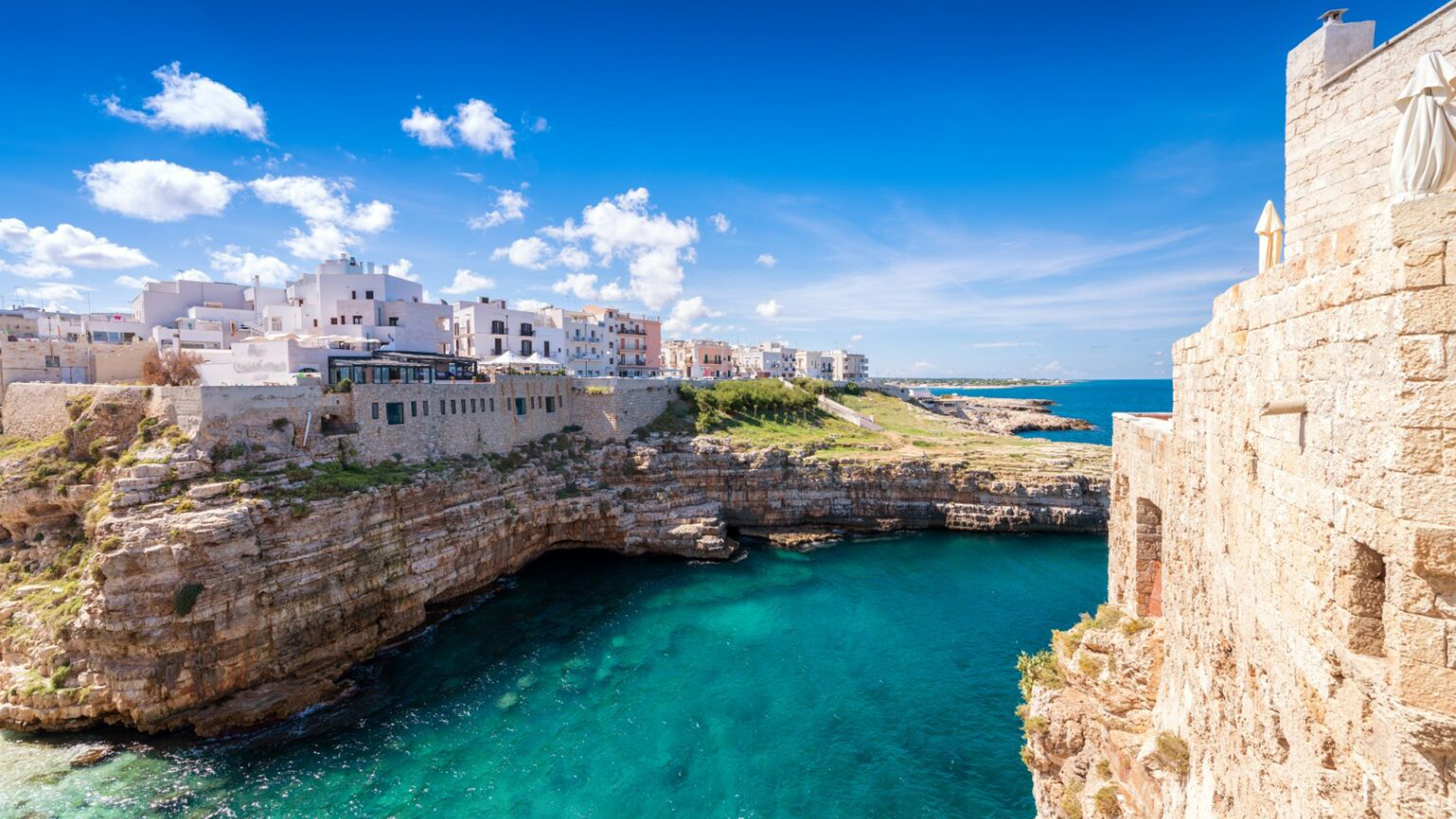
The perfect destination in summer, Polignano a Mare offers beautiful beaches, romantic balconies and terraces, and phenomenal restaurants. The village offers a brilliant escape from the ordinary on its perch of white rocks facing a deep blue sea. Polignano’s most famous native was the pop singer Domenico Modugno, known as “Mister Volare” for his internationally beloved 1958 hit “Nel blu dipinto di blu.” Cliff diving and eating local focaccia are two must do.
Manarola

The Cinque Terre are a string of five old fishing villages set high on the cliffs of the Italian Riviera. According to the UN charter, the towns became UNESCO World Heritage Sites because “they represent the harmonious interaction established between man and nature to create a landscape of exceptional quality and that manifests a millennial traditional way of life.” The water here is bluer than blue. The food, including the local extra virgin olive oil, is divine. Visitors come for the unspoiled nature, breathtaking sunsets, and famous local passito wine called Sciachetrà. Italian filmmaker Enrico Casarosa was inspired by two of Cinque Terre’s charming villages, Riomaggiore and Manarola, for the setting of his 2021 animated Pixar-Disney movie Luca.
Sant’ Agata de’ Goti
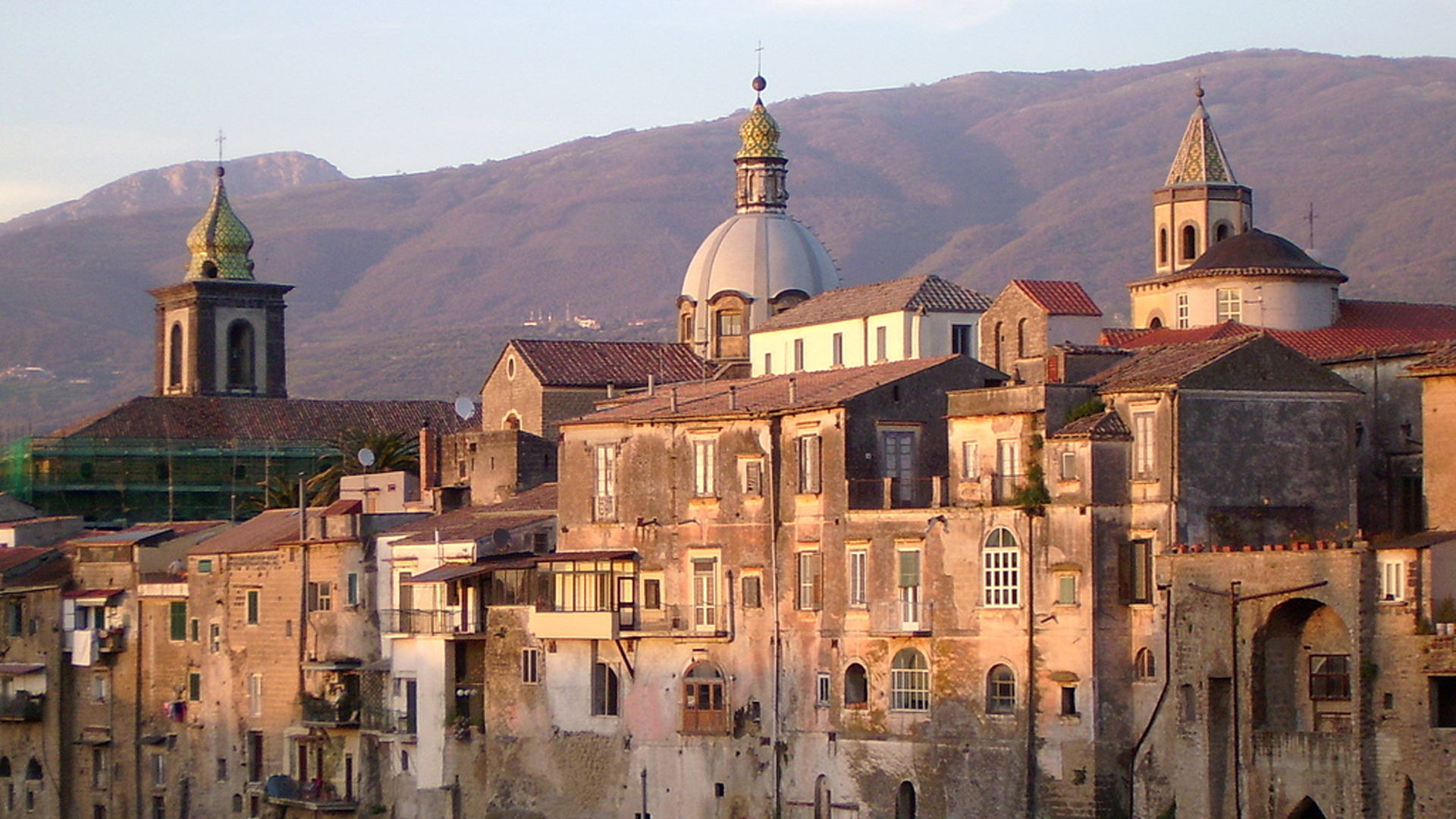
In the sixth century this pearl of a village in the heart of Sannio took the name of Sant’Agata, and in the 14th century “de’ Goti' ' was added to identify it as the De-Goth French noble family’s fief. Standing on a block of tuff between two rivers, the village dates back to 350 BC. A network of narrow streets leads to famed places such as the Cathedral of the Assumption, a castle, the Church of San Francesco d’Assisi, and Palazzo Parisi, a former 12th-century convent. At sunset, the stone buildings are painted gold and orange . . . unforgettable.
Barbara Benzoni
Barbara Benzoni was born in Milan and lives between Rome and Tuscany. She is devoted to USA, the land of courage and innovation. She’s Peter's super-lucky mum and Ale's wife. Cinema, art, good food and only beautiful things are the themes of her existence. With a degree in Italian literature and a Masters in Sports Management she can both enjoys books and basketball matches. In 25 years she has been organizing sport events all over the world and she’s been lucky enough to meet the greatest champs ever. Curiosity in everyday life and people are her drivers. Her personal icon is Mohammed Ali : "It's not bragging if you can back it up".

